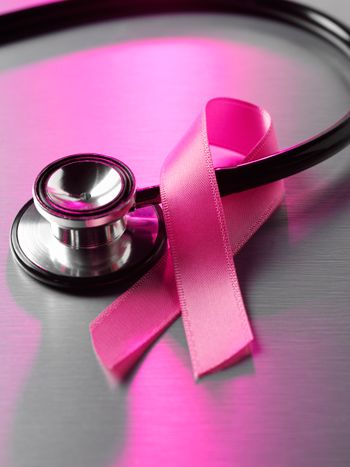By PHILLIP B. LEY, M.D.

Times are tough right now.With the real (not official) unemployment figures of 15-16% and gas prices pushing four dollars per gallon, people are struggling. A lot of otherwise healthy folks have insurance plans with high deductibles and are foregoing routine physical exams and screenings. Even people on public assistance of some kind who have basically free or supplemented health coverage are delaying care, especially if they have to travel from rural areas. So, is it really important that you get your annual mammogram? The U.S. Preventive Services Task Force (USPSTF) doesn’t think so, and ignited a firestorm of controversy when it recommended delaying the first mammogram until age 50 and then continuing biennially until age 75. That’s 12 lifetime mammograms, folks.
The rationale of the USPSTF is based upon population studies that have had a hard time showing significant improved survival rates for breast cancers in women diagnosed with annual mammography, and for those diagnosed between the ages of 40-49. They measure things like QALY (quality-adjusted life years). I’ve always been fond of that statistic. I would think for most patients with breast cancer, any life year added is “quality adjusted”. The reality is that the goal of the USPSTF is to reduce the cost of health care, and there was little physician input into their decision. Most of the interventions driven by mammography made to rule out breast cancer lead to a benign result, and there is significant cost borne in doing so. And the cost of caring for a breast cancer, even if diagnosed early, is surely significant.
Breast cancers diagnosed by mammography are called interval cancers, as they become detectable in
